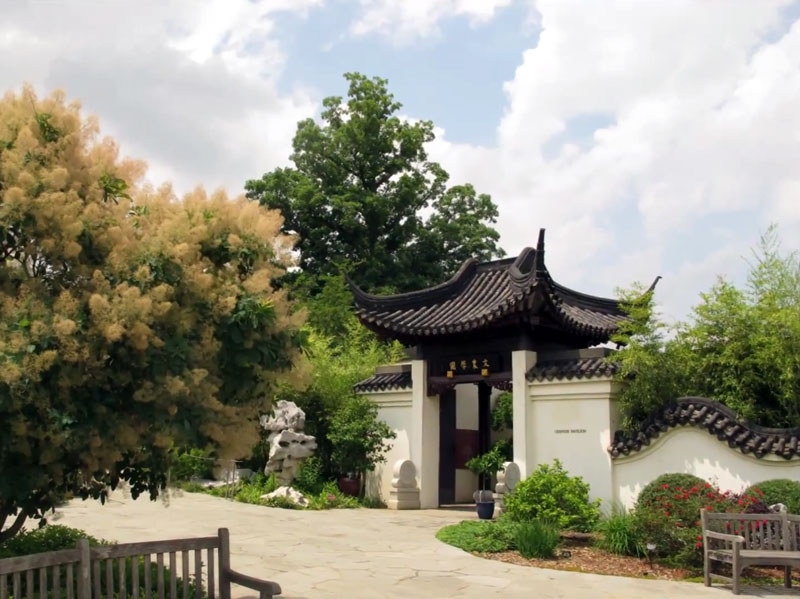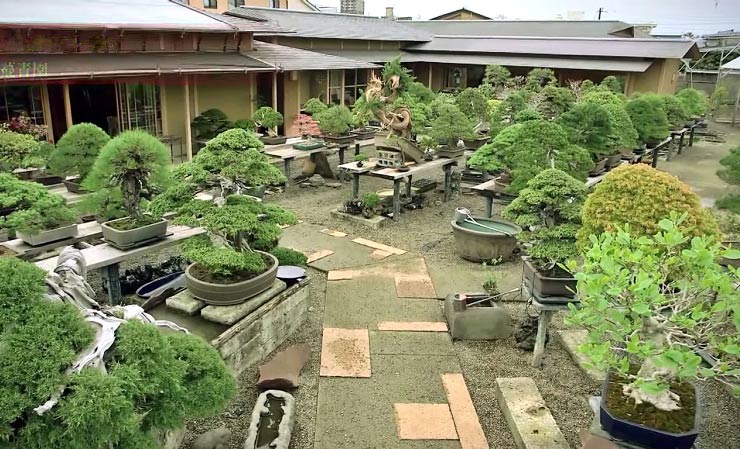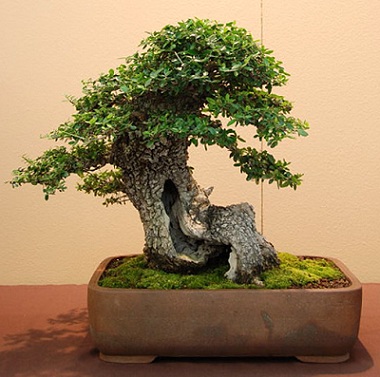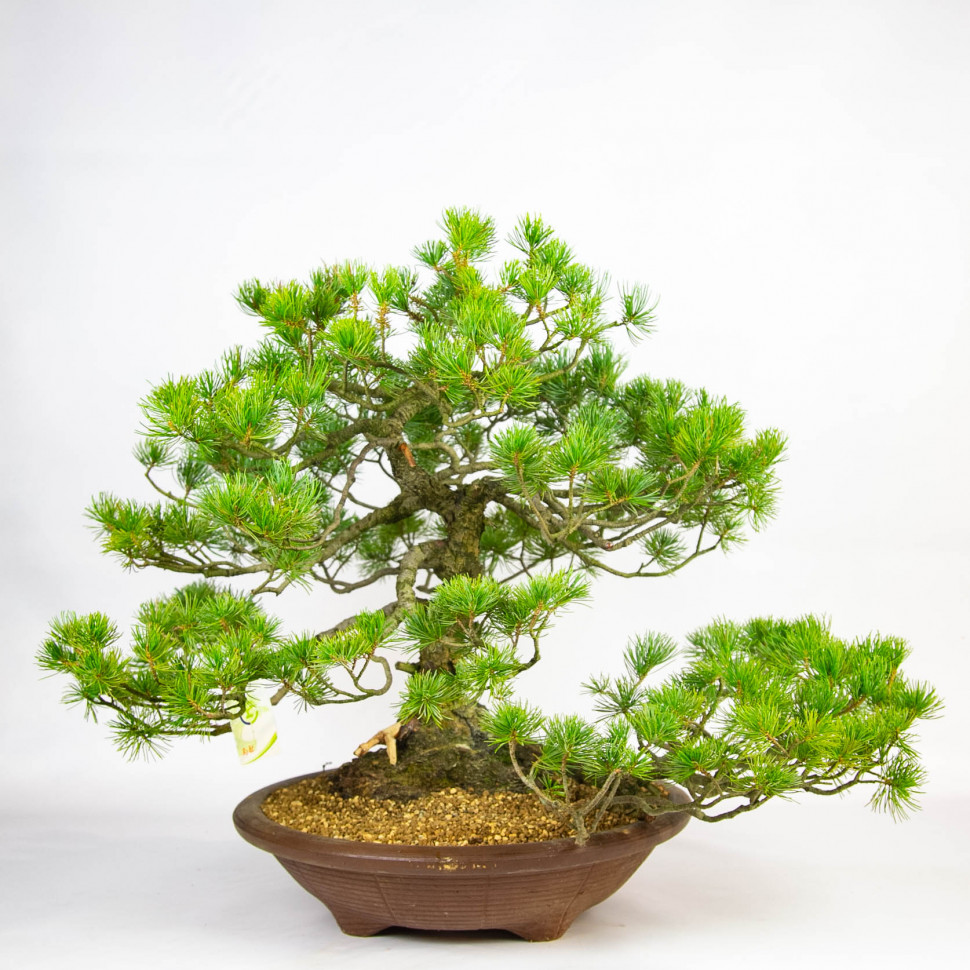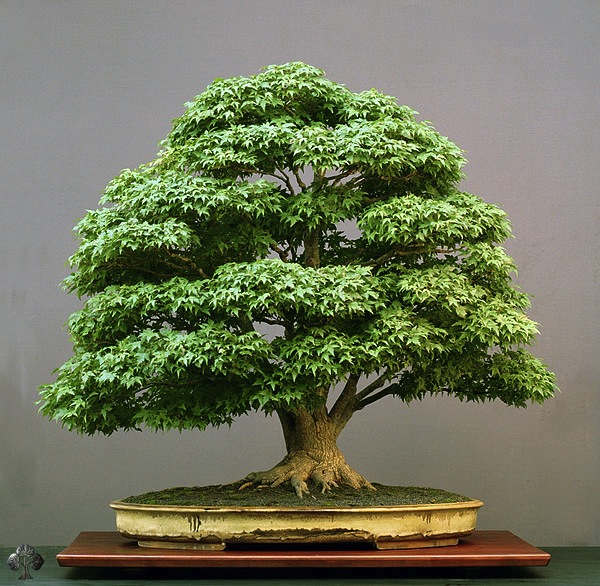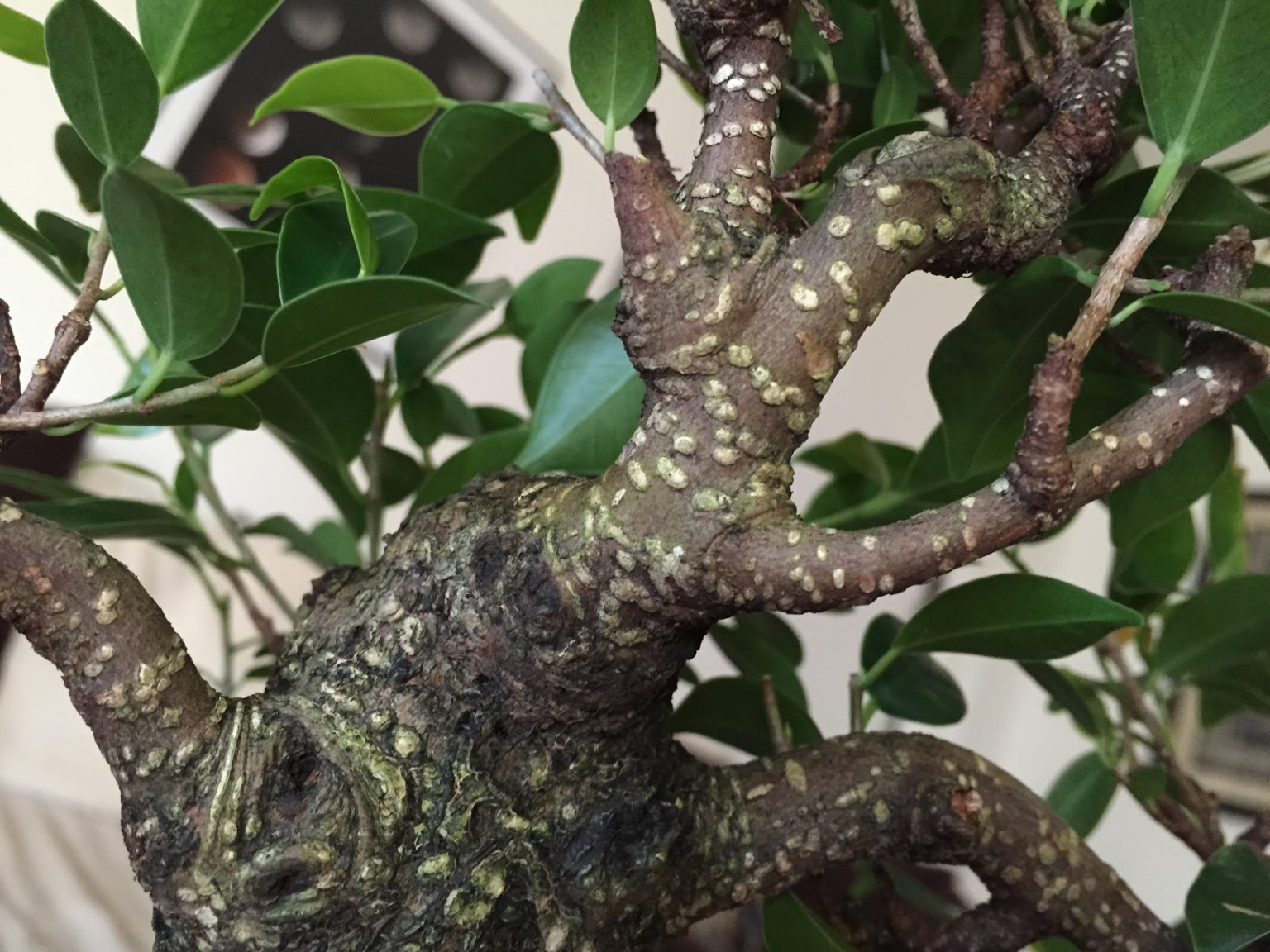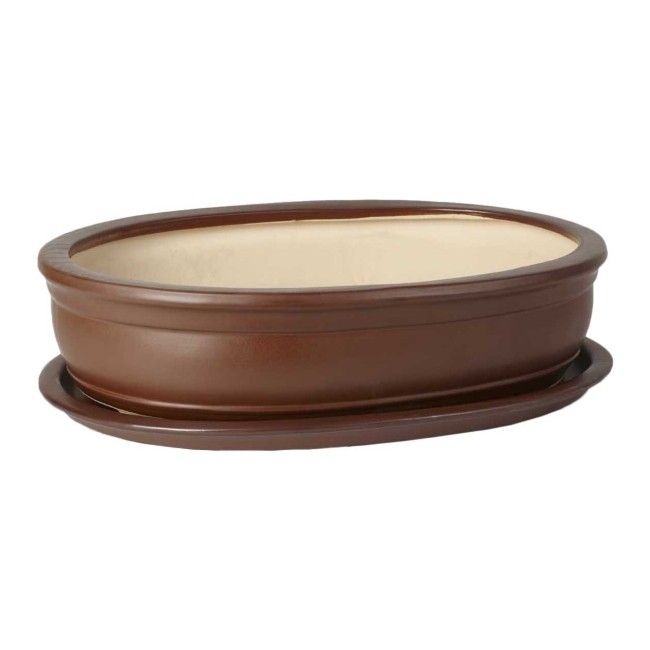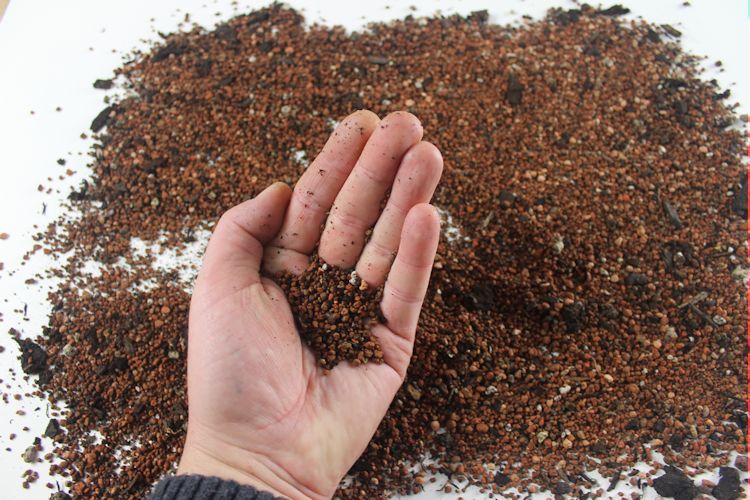Another method for growing bonsai is the air layering method, or "Toriki" in Japan. It involves removing the bark and part of the trunk in order to form a new root system. This method is used when they want to shorten an overly elongated old trunk, or form a new one, or create a new root system.
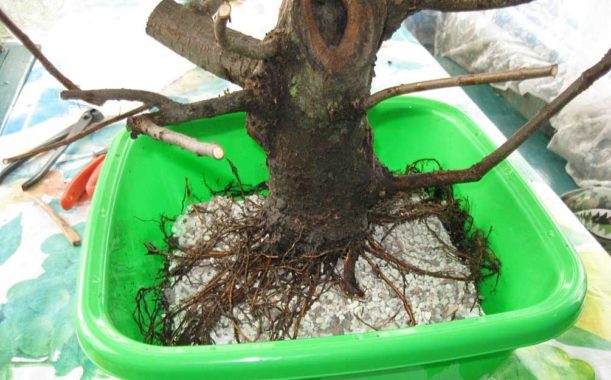
Methods of growing bonsai using air layering
The air layering method should be used in the spring, when the tree is already beginning to grow after winter dormancy.
There are two main ways to use air layering.
The first involves tightly pinching the branch with copper wire to partially block the flow of nutrients. As the trunk thickens, the flow of nutrients will be reduced more and more, causing the roots to grow slightly above the wire. This method is used for slow-growing trees that cannot be treated with a faster method.
The second method involves removing the bark and part of the trunk where you want new roots to form. The area above the cut will have to take root very quickly to survive. Make sure the cut is not too big, or the branch may break.
How to Grow Bonsai Using the "Tourniquet" Method
PRACTICAL CASE: Air layering using the "tourniquet" method
1. Place a piece of copper wire around the trunk, right where you want new roots. The wire should go into the trunk about halfway, the thicker the trunk, the thicker the wire should be.
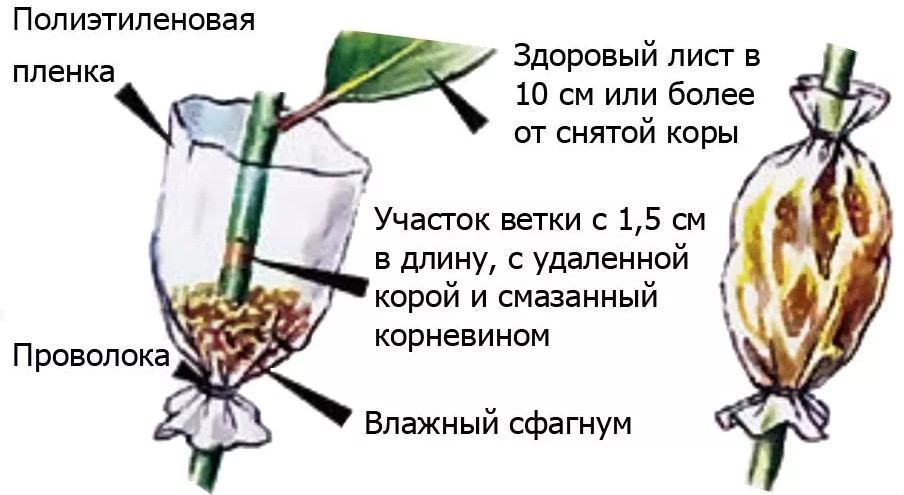
2. It is advisable to treat the area where the wire is applied with hormonal powder.
3. Then apply sphagnum moss to the cut site, press it firmly and wrap it completely in transparent polyethylene film: through it you will be able to observe the process of root formation. Tie the film at the top and bottom.
4. Wrap the transparent film in black to prevent light from penetrating inside.
How to Grow Bonsai Using the Ring Method
PRACTICAL CASE: Air layering using the "ring" method
1. Using a sharp knife, cut the bark down to the wood. Make two parallel cuts around the trunk (the distance between the cuts should not be less than one trunk diameter).
2. Remove the entire strip of bark between the two cuts. Do not leave any pieces as this may result in uneven root formation.
3. Make sure the cut is thick enough, otherwise the tree may break. Make sure you make a large enough cut so that the tree will start growing new roots without access to nutrients from the soil.
4. Treat the cut area with hormonal powder, apply moss and wrap with polyethylene.
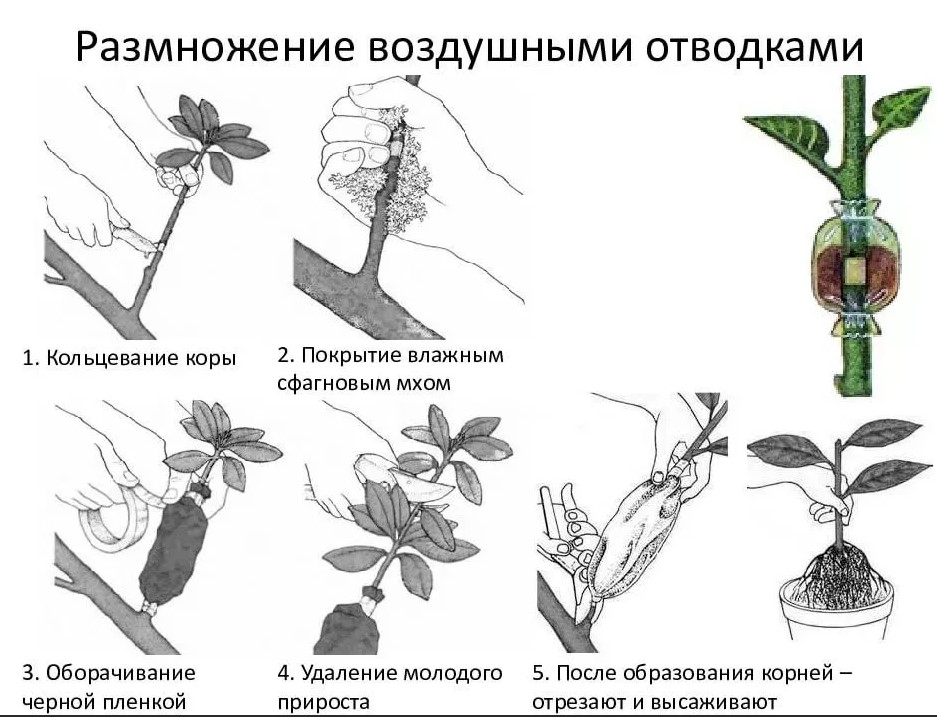
The moss should always remain moist. Wet it constantly.
After 3 months, check the condition of the root system. It is necessary to wait for the formation of brown, not white roots, since the latter cannot provide the tree with normal support. When you notice brown roots, carefully transplant the tree into the soil and secure the trunk. Do not try to remove moss or straighten the roots. Do not keep the tree in low temperatures and strong winds. Provide your bonsai with rest for about a year. A little fertilizer can be applied already in the first summer.

